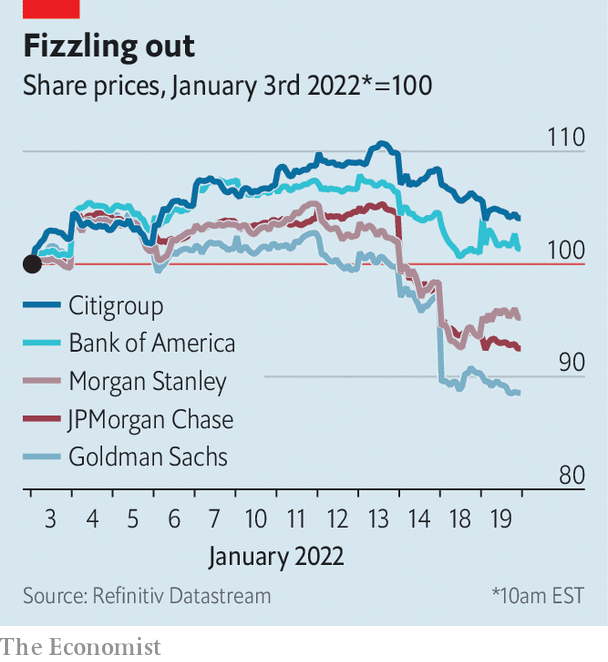
There are many types Forex leverage. Ten-to-1 leverage allows you to trade larger amounts and exposes you to notional value. This is similar to paying 10% of the house's worth and still having full access to your entire house. Your broker will offer forex leverage to you. The amount you are allowed to borrow will depend on where you live. Your broker's policies as well as the type and amount of trading you are doing will dictate how much leverage you may use.
Limitations of leverage
When traders are deciding whether to use forex lean, the most frequent question they ask is, "Is my limit on how much I can borrow?" It all depends on what circumstances you are dealing with. A trader may borrow up 100 times the initial deposit. Traders need to remember that high leverage can carry high levels of risk as any move against a trading position can wipe out all investment.

Margin trading
The most important thing for beginners in foreign currency exchange markets is to understand forex leverage. Forex is constantly in motion. Understanding the market dynamics will allow you to make the most of currency developments and headlines to maximize your profit. The market is complex and forex traders need to understand its workings. This includes the economic context, geopolitical tensions, central bank policy decisions, and the underlying economic conditions.
Maximum leverage
Optimal forex leverage is the level of risk and exposure to profit that you can bear with a particular currency pair. You can only use a certain amount of leverage in forex trades depending on how much capital you have. Experts agree that the optimal leverage is between 1:100 and 1:200. This means that if you have $500 in your account, you can control $50K. Using this leverage will also mean that you can lose only 2% of your account equity if your position goes against you.
Maximum leverage
You should use maximum forex leverage if you're new to trading. This leverage is high and will allow you to make higher profits. This can lead to your trades being stopped. You should limit your leverage to 1:000 if you aren't sure of your strategy. Maximal Forex leverage is not recommended as it can lead to losses that aren't worth it.
Trading at a low leverage
When you trade with low leverage, you don't have to worry about transaction costs. It's possible to open multiple trades on different markets, without worrying about potential widening spreads. You can also make objective decisions with a low leverage account without letting your emotions control. This will result in fewer losses. There are three advantages to trading with low leverage.

Trade at high leverage
Some brokers offer trading with a high leverage ratio. Some brokers are licensed with more stringent regulators than other. These brokers can offer leverage levels above 1:500. This level is considered high. Trading only with high-leverage brokers that are well-regulated is the best way to protect your funds. Be sure to verify that the broker you are considering is registered with the major European financial regulators.
FAQ
Why is a stock called security?
Security is an investment instrument whose value depends on another company. It may be issued either by a corporation (e.g. stocks), government (e.g. bond), or any other entity (e.g. preferred stock). The issuer promises to pay dividends and repay debt obligations to creditors. Investors may also be entitled to capital return if the value of the underlying asset falls.
What's the difference between the stock market and the securities market?
The whole set of companies that trade shares on an exchange is called the securities market. This includes stocks as well options, futures and other financial instruments. There are two types of stock markets: primary and secondary. Stock markets that are primary include large exchanges like the NYSE and NASDAQ. Secondary stock markets let investors trade privately and are smaller than the NYSE (New York Stock Exchange). These include OTC Bulletin Board Over-the-Counter (Pink Sheets) and Nasdaq ShortCap Market.
Stock markets are important because it allows people to buy and sell shares in businesses. The price at which shares are traded determines their value. A company issues new shares to the public whenever it goes public. Dividends are paid to investors who buy these shares. Dividends refer to payments made by corporations for shareholders.
In addition to providing a place for buyers and sellers, stock markets also serve as a tool for corporate governance. Boards of directors are elected by shareholders to oversee management. They ensure managers adhere to ethical business practices. The government can replace a board that fails to fulfill this role if it is not performing.
How are securities traded?
Stock market: Investors buy shares of companies to make money. Shares are issued by companies to raise capital and sold to investors. When investors decide to reap the benefits of owning company assets, they sell the shares back to them.
The supply and demand factors determine the stock market price. When there are fewer buyers than sellers, the price goes up; when there are more buyers than sellers, the prices go down.
There are two ways to trade stocks.
-
Directly from the company
-
Through a broker
Statistics
- The S&P 500 has grown about 10.5% per year since its establishment in the 1920s. (investopedia.com)
- Individuals with very limited financial experience are either terrified by horror stories of average investors losing 50% of their portfolio value or are beguiled by "hot tips" that bear the promise of huge rewards but seldom pay off. (investopedia.com)
- Even if you find talent for trading stocks, allocating more than 10% of your portfolio to an individual stock can expose your savings to too much volatility. (nerdwallet.com)
- US resident who opens a new IBKR Pro individual or joint account receives a 0.25% rate reduction on margin loans. (nerdwallet.com)
External Links
How To
How to Trade in Stock Market
Stock trading is a process of buying and selling stocks, bonds, commodities, currencies, derivatives, etc. Trading is a French word that means "buys and sells". Traders are people who buy and sell securities to make money. It is one of oldest forms of financial investing.
There are many different ways to invest on the stock market. There are three types of investing: active (passive), and hybrid (active). Passive investors simply watch their investments grow. Actively traded traders try to find winning companies and earn money. Hybrid investor combine these two approaches.
Passive investing can be done by index funds that track large indices like S&P 500 and Dow Jones Industrial Average. This is a popular way to diversify your portfolio without taking on any risk. You can just relax and let your investments do the work.
Active investing is about picking specific companies to analyze their performance. An active investor will examine things like earnings growth and return on equity. They decide whether or not they want to invest in shares of the company. If they feel that the company's value is low, they will buy shares hoping that it goes up. However, if they feel that the company is too valuable, they will wait for it to drop before they buy stock.
Hybrid investing is a combination of passive and active investing. Hybrid investing is a combination of active and passive investing. You may choose to track multiple stocks in a fund, but you want to also select several companies. This would mean that you would split your portfolio between a passively managed and active fund.